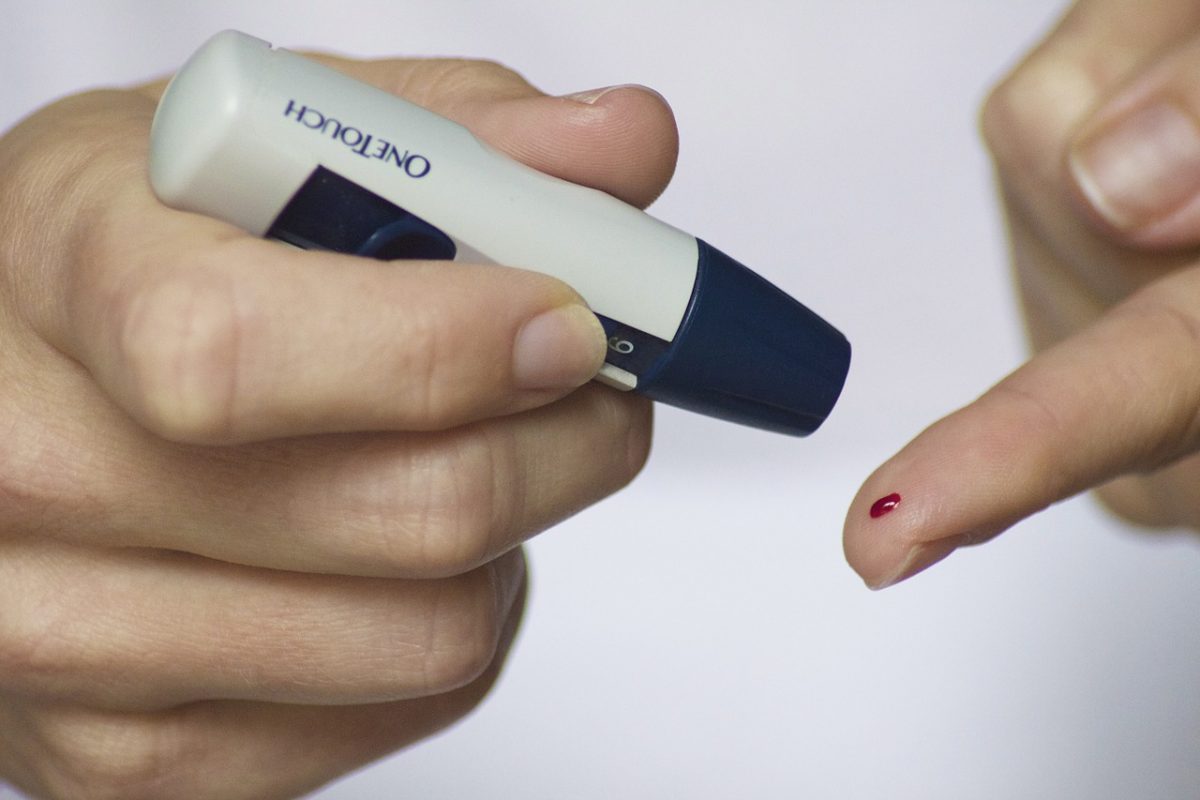There are many factors that can interfere when diabetics test their blood sugar levels and make the process difficult and inconvenient. It’s imperative that individuals obtain an accurate reading and the easier it is it get those readings, the more likely it is that diabetics will perform the test to manage their disease. The following are some common mistakes to avoid when testing blood sugar.
Finger Pricks
Testing on the side of the finger will cause less discomfort than testing on the middle of the fingertip. Don’t use the same finger each time for testing.
Hand Cleaning
It’s easy to pick up traces of residual sugar from foods that have been eaten or prepared to produce an inaccurate reading. Always wash hands before testing and don’t use hand sanitizers or rubbing alcohol prior to testing. Soap and water works fine and make sure hands are dry.
Insurance Preferences
Each insurance company has a preferred meter, and the accompanying test strips for which they’re willing to pay. Individuals get better coverage when using the insurance company’s preferred meter.
Incorrect Settings
Individuals will need to set the correct date and time on their meter. Failure to do so will result in inconsistencies that affect monitoring blood sugar levels over time.
No Routine
It’s easier to remember to test, and test at the correct times, when a regular routine has been established.
Stay Hydrated
Dehydration can affect readings. Avoid alcoholic drinks that can cause erroneous readings. Drink more water if dehydration is a problem.
Testing Supplies
Make sure testing supplies are properly stored under the correct temperatures and conditions for accurate readings. Change lancets after every use and use the right test steps for the meter. Test strips aren’t interchangeable between different brands of meters.
Testing Times
One of the biggest mistakes people make is testing too soon after a meal. The optimal time is two hours after eating for the most accurate reading.
Tracking Results
It’s important to track results to know what foods increases blood sugar the most, understand eating patterns, and insulin needs.
Wrong Meter
It’s important to get a meter that fits the person’s individual lifestyle. Young or active people may prefer a small meter that fits in a pocket, purse or briefcase – or one that can feed data into an online chart. Older individuals may require a meter that has larger, easier to read numbers or one that emits a beep.
If you would like to find out about earning cash for your unwanted, unused and boxed test strips, complete our online quote form today.
If you have extra, unopened and unused boxes of diabetic test strips – whether you have switched brands, no longer need to test or test less frequently, or have a loved one who has passed away – don’t let them gather dust until they’ve expired and end up in the trash. We’re the best place to sell diabetic test strips online, and if you want to sell your test strips, we’re here to make the process easy and enjoyable!
Visit us at Sell Your Test Strips and get your free quote today!
Like us on Facebook

